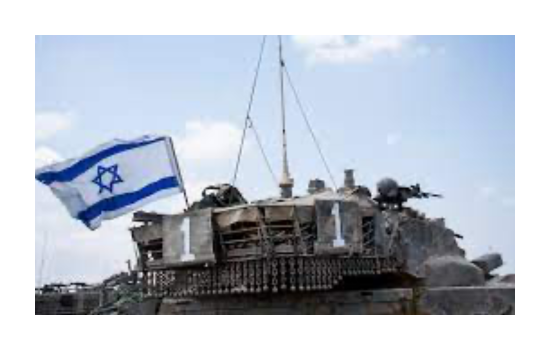Pete Hoekstra
Gatestone Institute, Feb. 4, 2024
“The current war in Gaza actually has less to do with Hamas, Palestinian Islamic Jihad, Hezbollah or the Houthis, and far more to do with their funder and protector, Iran.”
On January 17, 2024, the Council for a Secure America (CSA) released the latest update to its “Israel-Hamas War” report, marking 100 days since the start of the war. The update is the third in a series following CSA’s 50- and 70-day war reports. From the outset of these reports, the real question was how long they would need to be issued.
Historically, wars involving Israel have been relatively short. The “Six Day War” in 1967 derived its name from the length of the war that saw Israel defeat the combined forces of Egypt, Jordan and Syria in that time. The Yom Kippur War of 1973, which started with a surprise attack on Israel led by Syria and Egypt, lasted just short of three weeks before an Israeli victory. In between, there have been continual attacks, to which Israel has responded by “cleaning up” the immediate sources of the attacks, which the Israelis dryly called “mowing the lawn.”
The current Gaza War, unfortunately, is different. Israel’s Prime Minister Benjamin Netanyahu has compared Hamas’s terrorist attacks on it from Gaza on October 7, 2023, as the equivalent of “twenty 9/11s.”
The problem seems to be that the source is not essentially Hamas, but Iran, organizing, funding and supplying its proxies: Hamas and Palestinian Islamic Jihad in Gaza and Israel’s West Bank, Hezbollah in Lebanon, and the Houthis in Yemen. In addition, the current regime in Iran fields its own militia, the Islamic Revolutionary Guard Corps (IRGC), which trains the proxies’ militias, and smaller ones in Syria and Iraq.
… [To read the full article, click here]


